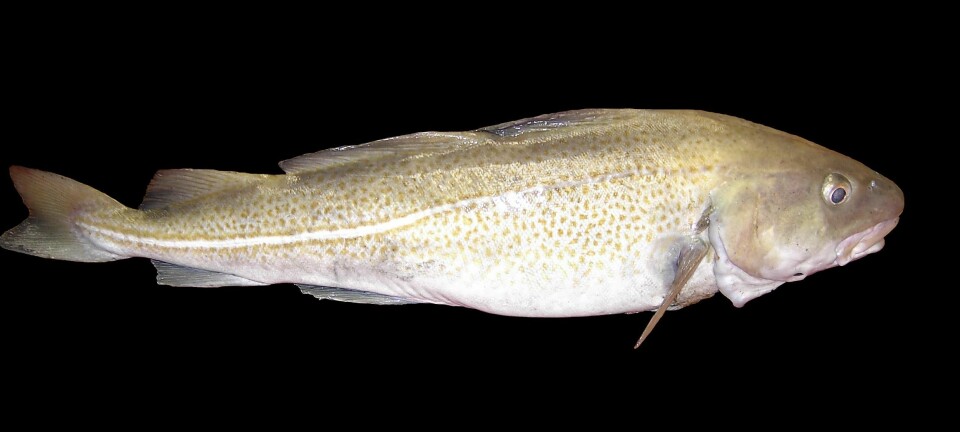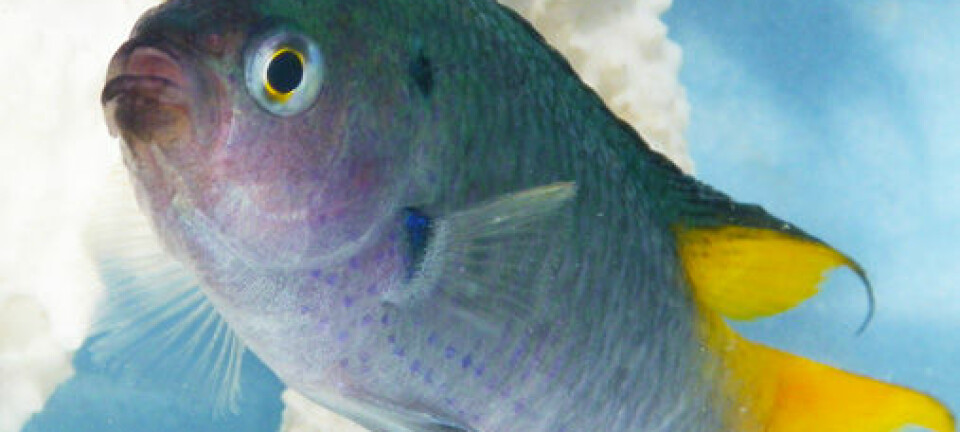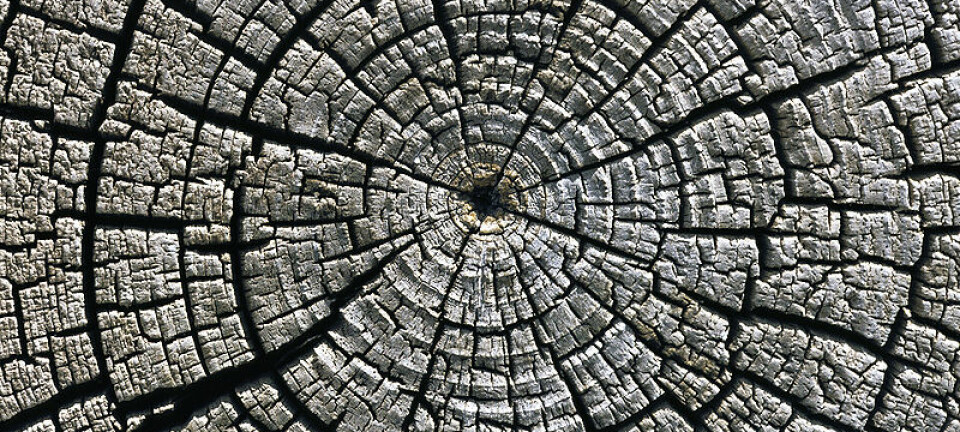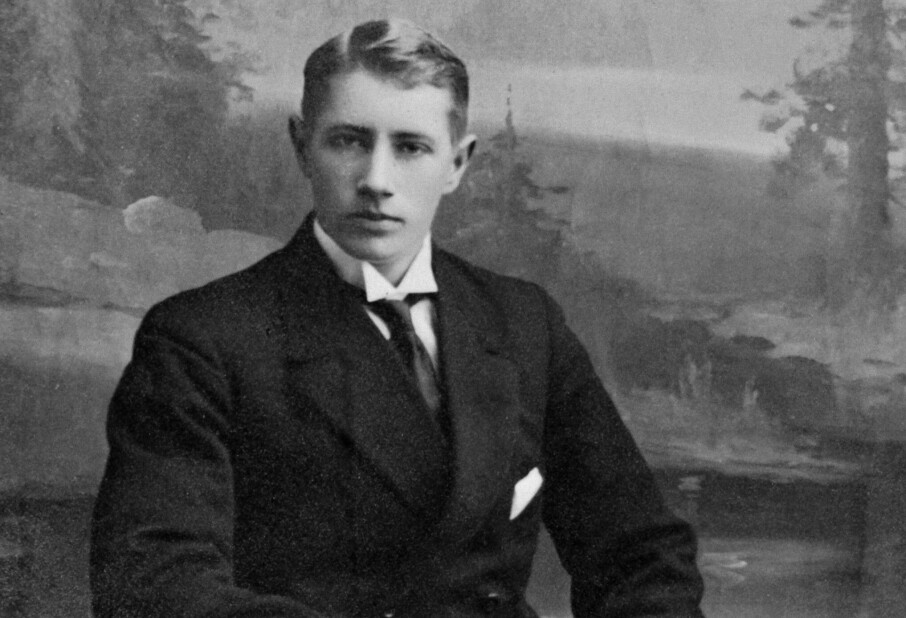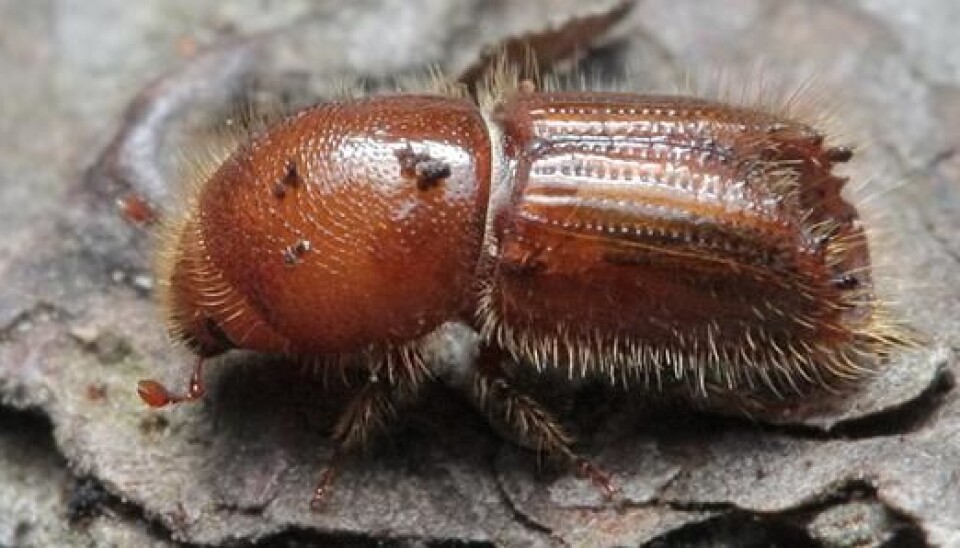
Effects of climate change on the spruce bark beetle
OPINION: More storms and drought periods may result in more frequent outbreaks of bark beetles. Warmer summers with more beetles can double attacks on the forests.
Denne artikkelen er over ti år gammel og kan inneholde utdatert informasjon.
The spruce bark beetle is capable of killing trees in large numbers, and this makes it an important species in both economic and ecological terms.
Recurring outbreaks over the last few centuries have had catastrophic effects on foresteconomy in Central and Northern Europe. In Scandinavia, a large outbreak in the 1970s killed forests equivalent to nine million cubic meters of lumber, which at the time was worth about 114 million Euros.
The spruce bark beetle is also important in ecological terms. When the beetle kills entire swathes of trees, it changes the forest environment radicallyby altering light conditions and replacing species that live off living trees with species that live off dead trees.
Climate change may increase the risk of bark beetle outbreaks, particularly in old forests in northern Europe that so far has been spared from major outbreaks. Higher temperatures will favor the beetles and induce a transition from one to two generations per year at northern latitudes. Furthermore, simulations indicate that we may witness more frequent bark beetle outbreaks if extreme winds become more frequent.
Blowing in the wind

Large storms appear to be a major instigator of bark beetle outbreaks. Spruce bark beetle populations can fluctuate concurrently over very large areas, often causing synchronous regional outbreaks. The patterns of spruce bark beetle infestation over the landscape correlate most strongly with patterns of windfall episodes, and less so with patterns of temperature and precipitation.
Following major windfall events the bark beetle population can take off and add considerably to the volume of lost trees. For example, after storms fell 87 million cubic meters of spruce in Sweden in 2005 and 2007 a bark beetle outbreakfinished off an additional 3.5 million cubic meters. And in Slovakia more than 13 million cubic meters were killed by the beetles after 3.5 cubic meters of spruce were storm-felled in 2004. The consequences of the most recent storm that fell about 5.5 million cubic meters of trees in Scandinavia in December 2011 are still unknown.
Spruce bark beetles are capable of killing trees only when they reach a certain number. Long-term drought and other factors that weaken the trees’ resistance are important, because they determine how many beetles are needed to conquer living trees. The number of weakened trees builds up during the interval between outbreaks, and such trees arequickly consumed during an outbreak. Weakened trees thus function as a kind of fuel for the outbreaks.
Beetle dynamics
Key insight can be gained by studying the population dynamics of the beetles. The fact that current beetle numbers show a strong correlation with the population size in the previous year (i.e. density dependence) suggests that beetle populations are controlled by the access to “food” in the form of dead and weakened spruce trees. Natural enemies do not seem to play any major role in regulating populations ofspruce bark beetles.
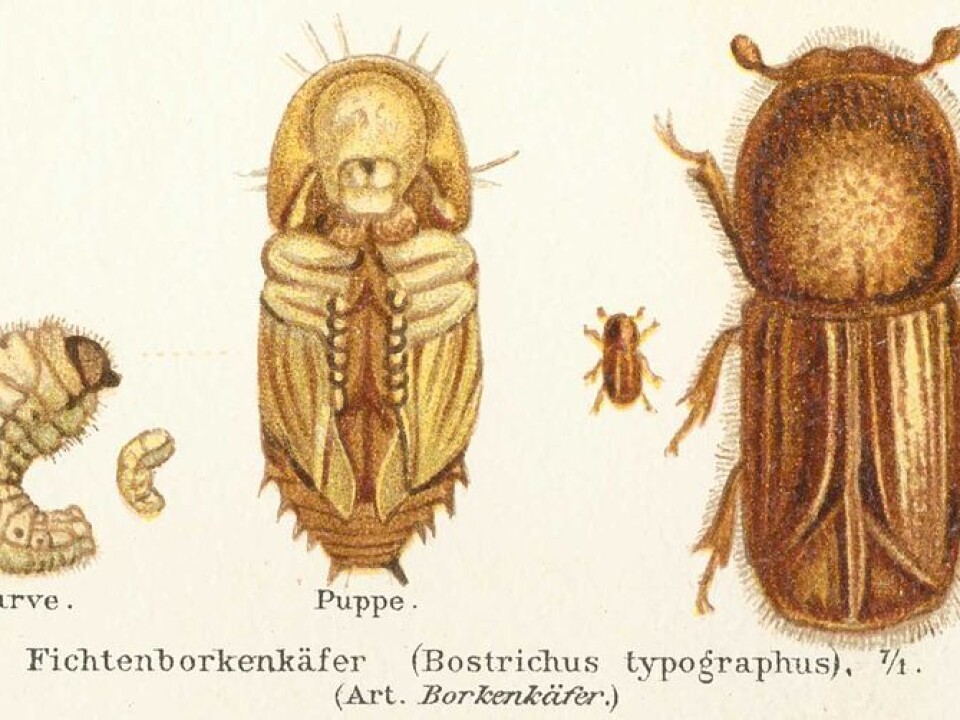
The risk of a new bark beetle outbreak is largely determined by the frequency of major windfall events and the amount of weakened trees that are available when the beetle population increases. The distribution of extreme winds over time not only determines the frequency of major windfalls, but also plays an important role in the accumulation of weakened trees in the periods between outbreaks.
We cannot do much about the wind, but we can restrict the availability of weakened trees by clearing out windfalls before the beetles can reproduce in them. However, our analyses indicate that efforts to prevent outbreaks are only effective if they are implemented over large areas.
Some climate scenarios suggest that powerful storms can become far more frequent in the future. This will result in more major windfalls and quicker accumulation of weakened trees, which according to our simulation model will result inmore frequent outbreaks and a shorter duration of each outbreak.
Generations to come
Today, the spruce bark beetle has one generation per year in northern Europe. This is called a univoltine life cycle. We know that the spruce bark beetle is quite flexible in relation to its life cycle, and in large parts of Europe, including Denmark, it usually completes two generations a year. In southern Germany and Italy, three generations in a single year have also been reported. Global warming with a prolonged growth season will probably also affect the spruce bark beetle’s life cycle in northern Europe.
Model calculations of different temperature requirements for the various stages of development (egg, pupa, larva, and adult), show that today’s climate is too cool for two generations in most of the spruce bark beetle’s geographical distribution in Norway. Only the very warmest areas around the Oslo fjord are warm enough for the spruce bark beetle to complete two generations in up to 30 percent of the years in the model simulation.
This is probably so rare that the beetles are genetically programmed to complete only one generation. Beetles from a developing second generation that are unable to complete the larva and pupa stages before winter sets in will most likely freeze to death because these development stages cannot tolerate as low temperatures as the adult stage can.
With the temperature increase that is expected in the next 60–90 years, the picture will be entirely different. For example, results from the Hadley climate model with scenario B2 (a moderate emissions scenario) show an increase of 2.5 °C on average for Norway as a whole, and up to 6.5 °C for certain areas. In this scenario the most important spruce forest areas in southern Norway will have two bark beetle generations per year – every year.
More, but shorter outbreaks
Compared to today’s situation, the geographical limit of two generations per year in the spruce bark beetle will move about 600 km north. In the warmest areas, such as in Ås in Akershus, a temperature increase of only 1 to 1.5 °C in August and September will be enough to increase the percent of years with two generations from zero to almost 100 percent.
Two bark beetle generations per year implies two flight periods and a noticeable increase in the number of attacks on standing trees each year. The effect is also amplified by the fact that spruce trees seem to have a much lower resistance to bark beetle infestation in the late summer when any second generation will attack. We cannot yet, however, say with any precision whether a transition from one to two generations will actually increase the volume of forest damage. Preliminary model simulations indicate both a decrease and increase in the volume of destroyed forest, depending on the assumptions.
Because access to weakened trees is the fuel that keeps the bark beetle attacks going, two generations of bark beetles per summer can lead to this fuel being consumed more quickly, so that we get more frequent, but shorter outbreaks. On the other hand, the second generation spruce bark beetles could more easily kill trees, as fewer beetles are required to overwhelm less resistant trees. This can lead to more trees becoming available as food, which would result in an increased volume of destroyed forest.
-----------------------------
The contributors are all senior researchers at The Norwegian Forest and Landscape Institute.







